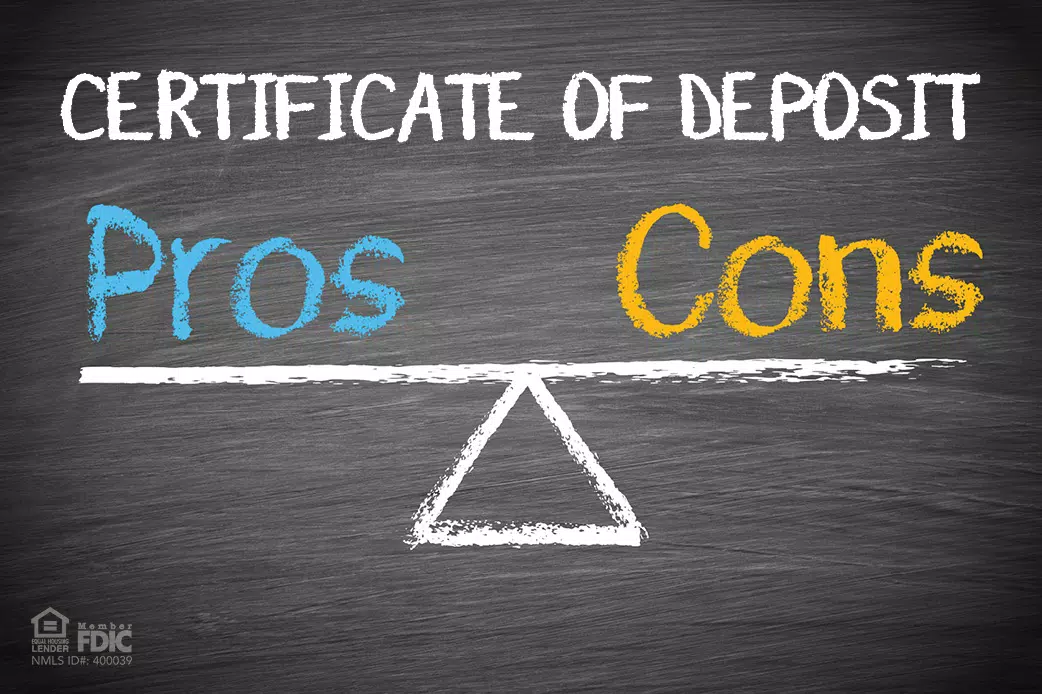Even if retirement is decades away, saving money is never too early. The landscape has changed immensely for retirees who may have grown up watching their parents collect from pension plans provided by previous employers. Social Security can be a source of income in retirement, but it will most likely not be enough to cover you.
Saving and investing while working is what will make a significant impact on the financial aspect of your life in retirement. An IRA can help fill the gap and allow you to retire comfortably.
What is a Traditional IRA?
Traditional IRAs are Individual retirement accounts that aren't part of an employer program and stay with you even if your marital status, work location, or home address changes.
You will want to check with your financial institution if there are purchase requirements for particular investments and if there is a mandatory annual contribution.
In most cases, your contributions to an IRA are tax-deductible, with withdrawals classified as income, which means they are taxed. Penalty-free withdrawals can be made when you reach 59 and a half years old. Otherwise, you will pay a 10 percent penalty for withdrawing early. By reaching 70 and a half, you must withdraw a minimum amount annually.
What is a Roth IRA?
Roth IRAs are very similar to traditional IRAs, with some distinct differences. The biggest difference is that with Roth IRAs, you're taxed upfront when you contribute to the fund, not on the back end.
Roth IRAs also have income limits. Individuals and married couples cannot contribute to a Roth IRA if they make more than a certain amount yearly.
Unlike traditional IRAs, you can withdraw before reaching 59 and a half without paying tax penalties since you've already paid taxes on the earnings. However, you'll pay a 10 percent penalty on the earnings for withdrawing before 59 and a half. This penalty is waived if the money is used for first-time home purchases, medical bills, or college. Also, with a Roth IRA, there is no mandatory distribution requirement for you to withdraw at 70 and a half.
Why Invest in an IRA
There are several reasons why investing in an IRA could make sense for you. Here are a few reasons to choose an IRA:
- There's no match from your employer on a 401(k). These plans are not attached to an employer, so you can invest on your terms.
- You can control where and how your money is invested. With a 401(k), someone else manages your account. IRAs are the way to go if you want control over the amount and types of investments.
- You change jobs frequently, and rolling over your 401(k) can be a hassle. However, an IRA doesn't need to be moved when you change jobs; you can keep it in one location.
- You've maxed out your contribution limit on your 401(k).
How to Open an IRA Account
Many institutions allow you to open an IRA account. Do your research to find out what’s required to open an account. For instance, some may require you to have a minimum investment amount. Some are as low as $1,000, though having a $3,000 minimum investment requirement is more common.
Start contributing to your retirement plan today. NASB's experts can also answer your questions about IRAs by calling 800-677-6272.




